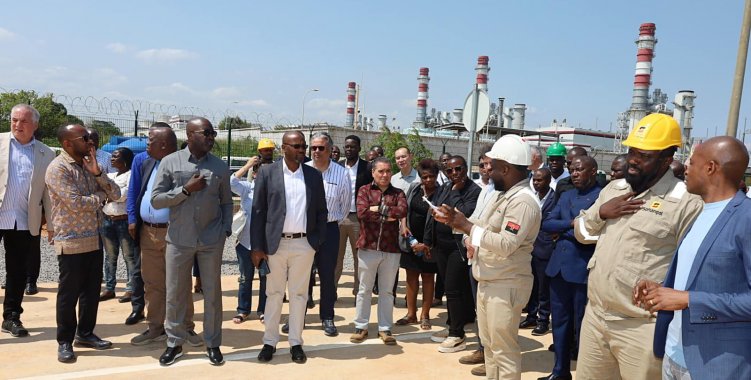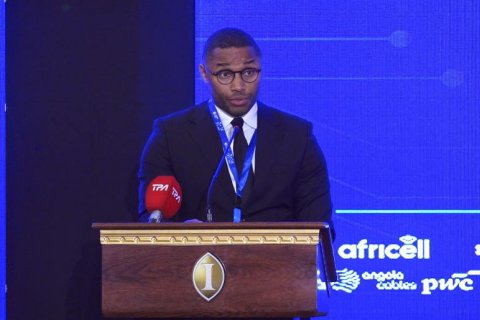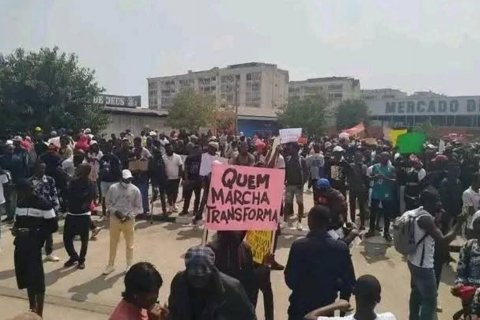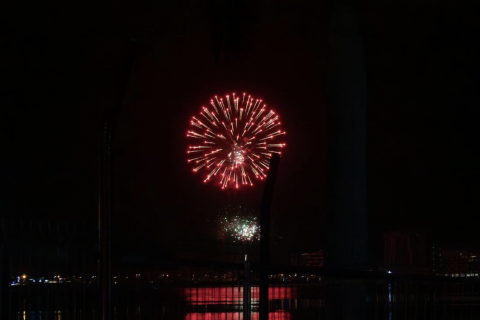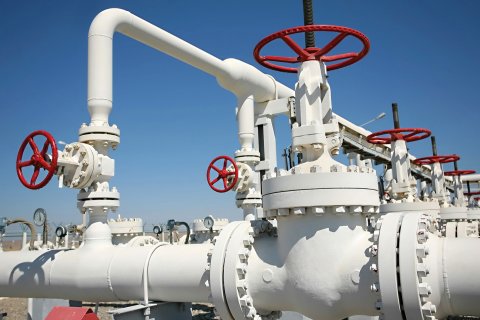According to the provincial government of Zaire, in a statement to which VerAngola had access, the factory will be capable of producing a total of 1,300,000 tons of urea annually, whose production will begin from the second quarter of 2027, which will make it possible to make self-sufficient country in this field.
At the project site - an initiative of the AMUFERT consortium and which is being implemented in the Kintambi area, in a gross area of 152 hectares, 45 of which for the installation of the factory - "deforestation and soil compaction work" is currently underway, which will be followed by the implementation of the manufacturing unit which, according to the note, will generate, in the first phase, 4700 direct and indirect jobs, and another 1200 jobs to be generated during its operationalization.
Thus, this Tuesday, a delegation made up of "representatives of creditor banks, national and foreign private investors and technicians linked to the project" made an observation of the "project implementation schedule".
Accompanied by the provincial governor of Zaire, Adriano Mendes de Carvalho, the delegation was informed, in detail, about the progress of the work, covering the accessory infrastructures.
On the occasion, Adriano Lams was responsible for presenting the actions already carried out and those still to be carried out, having mentioned that 3500 families who were in the area had already been relocated, resettled and compensated.
The official also left guarantees that "the factory will enter into full operation in the second quarter of 2027, with its accessory infrastructures, such as electricity, water and gas, as well as logistical support, the latter to be implemented in the commercial port of Soyo", the note reads.
He also referred to the cleaning carried out on the land by the National Demining Institute (INAD), without, however, "having found any type of unexploded explosive device, as well as topography work, geotechnical studies and others".
Adriano Lams also highlighted the supply, in annual terms, to the future manufacturing unit of "25 million MMBTU/NG/Y of natural gas", the main source of which will be destined for the production of urea, as well as the "construction of a conveyor belt with approximately eight kilometers" that will connect the factory to the commercial port of Soyo, in order to transport fertilizers to ships automatically.
The president of the Board of Directors (PCA) of the AMUFERT consortium, Agostinho Kapaia, said that the visit served to verify the infrastructure of the project, what is being done, as well as "give the necessary strength to make the project a reality".
Adriano Mendes de Carvalho also spoke on the occasion. The governor of Zaire highlighted that this factory is expected to generate thousands of jobs, ending up defending the "recruitment of local labor".
Furthermore, the statement adds, it also "called for the need to support local communities, within the scope of the future factory consortium's social responsibility policy, with emphasis on promoting sporting activities, with emphasis on football".
The governor believes in the social development of Zaire, taking into account the "volume of structuring projects underway in Soyo and other districts" in the province.
He also highlighted that the "implementation of this project with great socioeconomic impact lives up to the motto: 'Zaire – It's Talking, It's Doing, It's Showing' and against facts there are no arguments".
According to a note from the provincial government, each year, the country imports approximately 300 thousand tons of fertilizers to meet internal needs. However, this factory must produce a surplus that can be exported.

